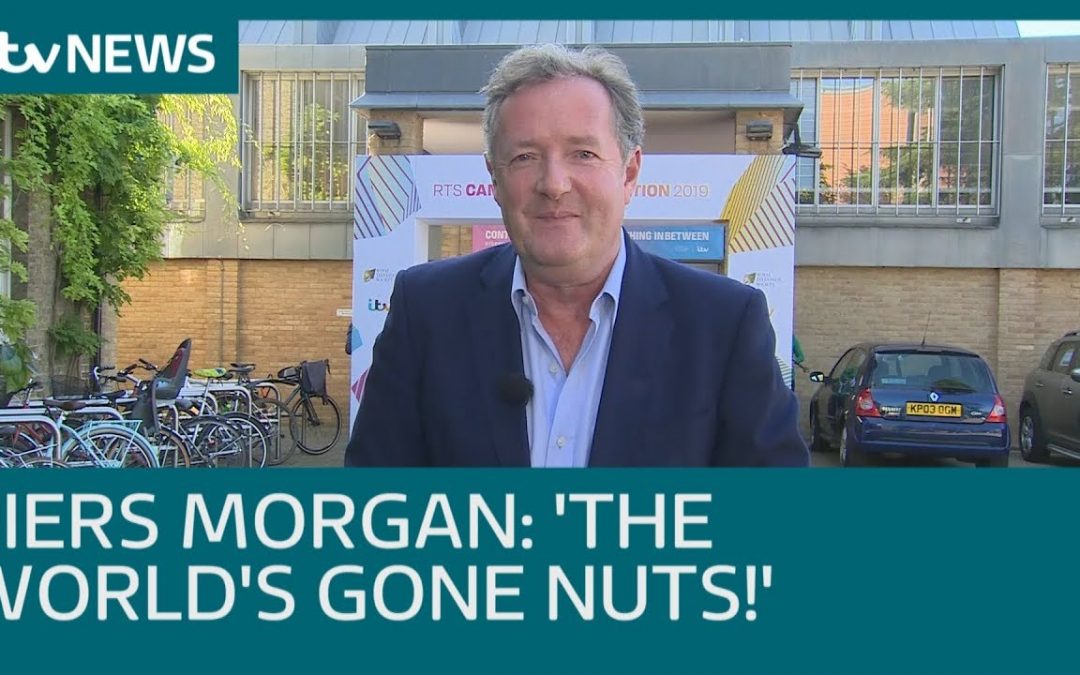Many people suffer from the mistaken belief that communication is supremely simple.
And it would be nice if it were as simple as: “Just tell them the exact truths that they need and want to know.”
But alas there’s a lot involved in achieving successful communication in the business world and beyond.
From giving powerful presentations and magnificent media interviews – through to smoothly guiding office “small talk” in the right direction around the water cooler – there are, alas, plenty of points where your communications can potentially crash.

The potential crash-points can occur with:
1. The message that you’re trying to convey
2. What you actually say when seeking to deliver your message
3. What you think you said
4. What your audience thinks you said
5. What your audience thinks you meant
Amidst all this, there’s also the challenge encapsulated in the following sentence:
“I KNOW YOU UNDERSTAND WHAT YOU THINK I SAID – BUT WHAT YOU MUST REALISE IS THAT WHAT I SAID WAS NOT WHAT I ACTUALLY MEANT.”
That’s why a lot of thought and effort lies at the heart of effective communication – however simple it may appear on the surface.
This is why communication-boosting training sessions focus intently on helping you get your message right – so you and your team are best placed to convey your carefully-crafted message for whatever situations you’re likely to face.
GETTING YOUR MESSAGES OUT THERE
When you’ve worked out the right messages – and you’ve planned, prepared and practised what you’re going to say – then you’re better placed to convey them.
This is the case whether you seek to convey your messages through a warm and caring interview with Oprah Winfrey…

…or whether you seek to get your point across through a heated interaction with someone like Piers Morgan (not currently an option with Mr Morgan himself owing to the compere’s sudden removal from Britain’s ITV breakfast television)…

…or whether you seek to cut the middleman and middlewoman and convey your message by talking straight to the camera, the microphone and the internet.

Planning, preparation and practise – which lies at the heart of communication-boosting training sessions – helps you get the right outcomes.
VACCINES ASSIST THE COMMUNICATIONS-BOOSTING COMEBACK
The approaching good news is that with anti-coronavirus vaccines leading the way, face-to-face Michael Dodd Communications training sessions are poised for a comeback.
So too are vaccine-protected MCD communications-boosting presentations at your next face-to-face or online conference.
(I can happily report that I had to be told by the medical team that I’d actually had my first AstraZeneca vaccine as it was injected so smoothly I hardly felt it – and there hasn’t been a detectable side-effect since.)
And while face-to-face communications-boosting offerings are set to return, online options run through Zoom and Teams will remain popular and available while so many people continue working from home.
Here’s the latest video that shows how a communications-boosting trainer can now help you and your team – online, at your office and at your conference.
Communications-boosting sessions are designed to help you craft and convey the messages you need to get out there – in formal and informal situations.
GETTING IT RIGHT WITH “SMALL TALK”
When these sessions involve my professional speaking colleague, Jon Baker, we can even help you and your team interact better – with both introverts and extroverts – to effectively utilise office and online “small talk”.

When conducted effectively, this can lead conversations towards the right “big talk” and the right big results.
But badly conducted small talk can potentially cause confusion and delays.
One of the key things to overcome this is to understand the different approaches which introverts and extroverts have to small talk.
Jon Baker – the “Activate Your Introvert” expert – says that lots of introverts don’t much like small talk.
And he gently points out that lots of extroverts indulge in too much of it.
But Jon also says the right kind of small talk has its advantages – in lubricating the conversational wheels that lead on to more productive conversations and better outcomes.
In the following video, Jon Baker – together with someone posing as a somewhat annoyingly talkative extrovert – explore the idea of utilising small talk more productively in the online world and in the physical workplace.
And they demonstrate how things can potentially go badly wrong when small talk is engaged in with an undisciplined and inconsiderate approach.
At its best, productive small talk can lead the way to more positive professional conversations – and foster better teamwork, better communication, better productivity and better sales.
One of the tricks is to control the potential negative side-effects of small talk (time-wasting, diversion etc.) but still utilise it for leading things towards the productive big talk that can follow.

